Soil types vary by each region and location, but the majority of soil types will work for building cob and earthen structures. It is actually rare to find soil that will not work for cob. This is a good thing for the case of earthen building!
Soils consist mainly of a mixed combination of silt, sand, and clay. In the case of earthen building, silt is not a bad thing to have in your soil as many people are misled to believe. Another misunderstanding is that your soil has to consist predominantly of clay. This is simply not true and it would be a poor soil to use if it was.
For example, adobe (earthen) bricks made with a very clay-dense soil show severe signs of cracking and shrinking. The same concept applies to cob. (Adobe and Cob are essentially the same material, by the way). A good percentage of clay in your soil can range anywhere around 15% – 25%. So don’t be worried if you think you don’t have a lot of clay in your soil. More than likely, you probably have plenty.
A lot of writers will write about earthen building and use the term “clay” as one of the major ingredients in the building materials. I believe this creates a lot of confusion and misunderstanding. A more appropriate term to use would be “soil”. The clay is only one component of soil, and clay in its pure form is simply not suitable for building with.
If you want to determine the approximate proportions of clay, silt, and sand in your soil there are a few simple tests that you can do. The best one is the jar test. All you need is a sample of soil, a glass jar, and some water. Learn how to perform the jar test.
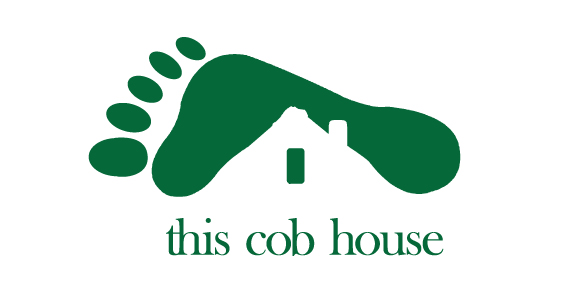
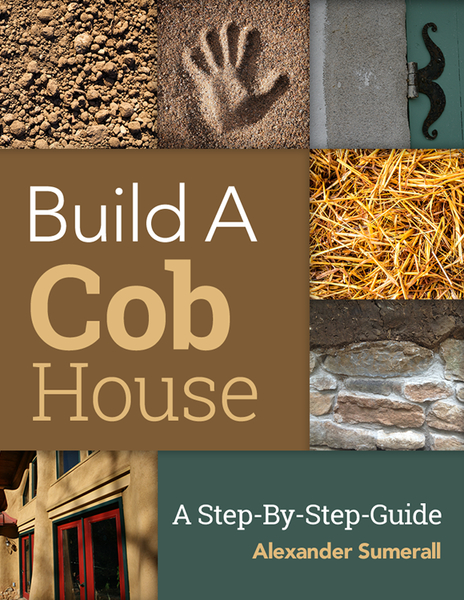

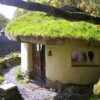

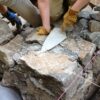
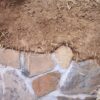
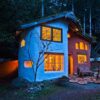


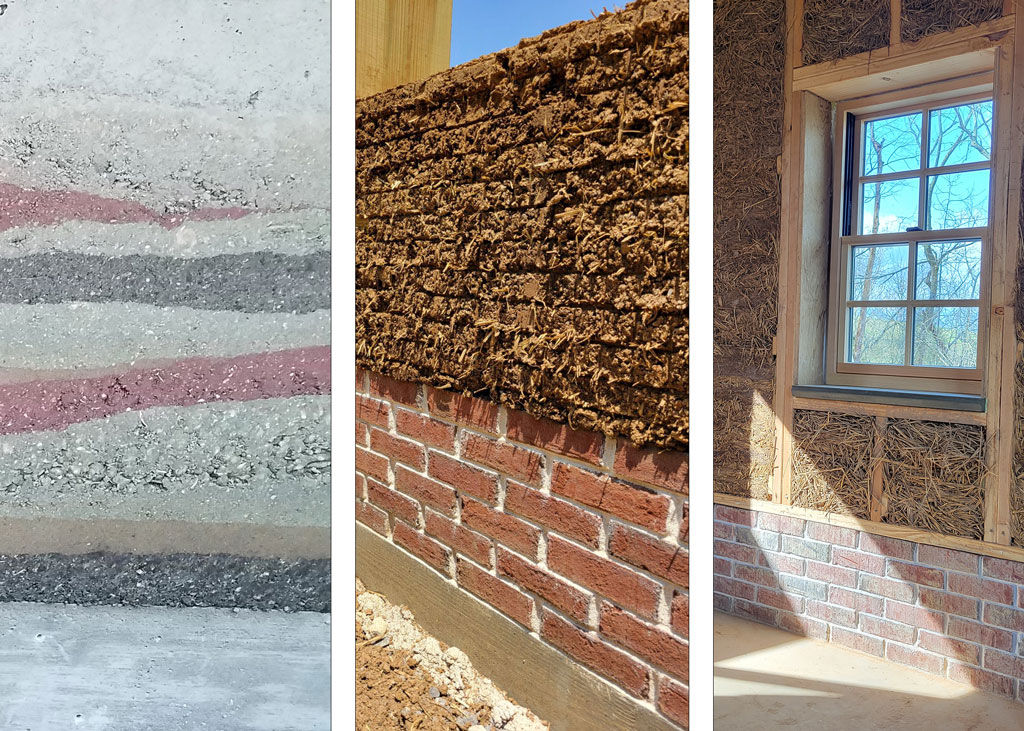

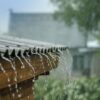
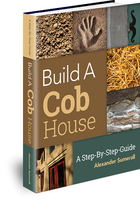
My 13 year old daughter is working on a science project. Which Type of soil has the highest bearing capacity. We live in Tampa, Fl. We’re having a difficult time locating silt soil. please help. thank you
Hi Tammy,
I was just down in north Florida teaching a cob workshop. We had a hard time there finding clay-rich soil. It was very sandy.
Unfortunately, I think you might have a hard time in Tampa finding suitable soil. I do believe you have it around, but its harder to find on the peninsula.
If you can take the subsoil and squeeze it into a ball and it doesn’t crumble then you probably have a good enough soil to make some cob. If it crumbles and seems very sandy just try adding water to it, let it dry, and see if it hardens and doesn’t crack.
Hi, thank you for posting this. It cleared up things for us a lot. I have another question about cob roofing. We are looking for property to build on, we have not taken any workshops yet. I am trying to figure out how if I want a metal roof, how are the gaps between the roof and the walls get sealed to keep out weather. I hope you don’t think that this is a silly question, lol. Thanks in advance! 🙂